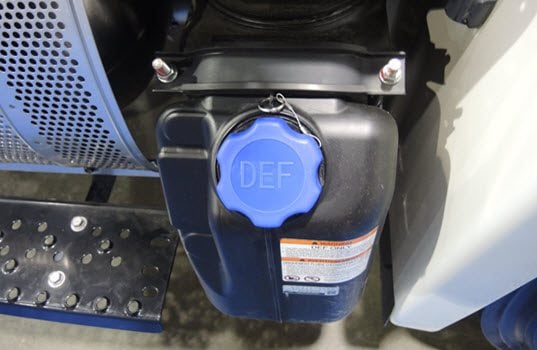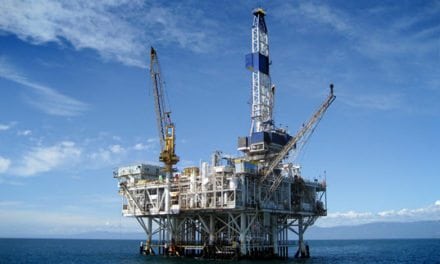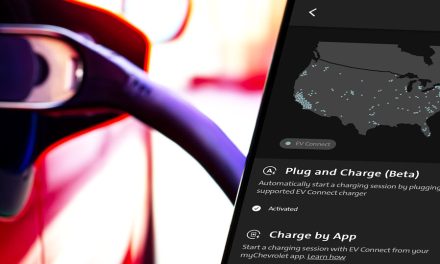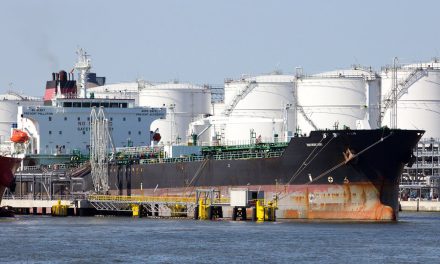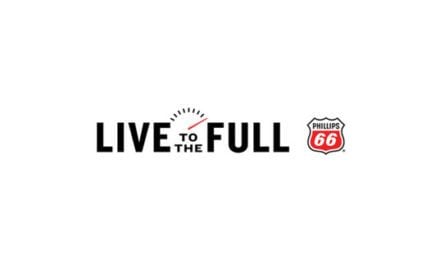- Thread Sealant: Not every change in the revised RP1100 represents a major shift or new information. Some revisions are clarifications. One example involves the recommendations on how best to prevent DEF migration through small gaps in seemingly tight joints and fittings. The 2010 document noted correctly that installers should use a sealant on tapered threads to prevent leakage and creep. The revised document reinforces this point, adding that any sealant used on tapered threads should be compatible with DEF because sealants that are incompatible with DEF could contaminate the product, leak or creep.
- Safety: Practices designed to ensure safe workplaces and fueling facilities are at the heart of all of PEI’s recommended practices. The first edition of RP1100 mentioned safety-related considerations throughout the document. Unlike other PEI recommended practices, however, RP1100 did not include a chapter on safety. Because DEF is nontoxic, nonflammable and noncombustible, some of the safety considerations involved with petroleum handling equipment do not apply. This time, however, safety considerations received greater attention from the committee. Chapter 11 of the revised RP1100 specifically addresses the safe handling and disposal of DEF. Also mentioned in the new chapter is that excess heat or flame could increase the pressure of a closed DEF container and cause a dangerous rupture.
- Ballast: One concern that has arisen since the first edition was published has to do with ballasting DEF tanks during installation. “The committee was aware that some installation contractors have used water containing chlorine as ballast when installing DEF tanks,” Hieber said. “New language in Chapter 5 makes it clear that only DEF, distilled water or deionized water should be used as the ballasting medium. This requirement essentially ensures that there will be no risk of contaminating the DEF that is later introduced into the tank.”
Status Quo
After debate, the committee also chose not to change several decisions reflected in the 2010 edition.
- Marine DEF: In 2010, the drafting committee limited the recommended practices to motor fuel dispensing facilities, repair/maintenance garages and service centers. This excluded marine diesel environments, which use a more concentrated aqueous urea solution (AUS 40) than that used in motor vehicle fueling (AUS 32). Equipment used for the storage and dispensing of AUS 40 must be designed to meet the unique challenges of marine environments. The committee said that the installation, service and maintenance demands of marine applications were beyond their expertise and did not include recommendations for marine facilities. Similarly, no mention was made of a new marine DEF certification program soon to be launched by the American Petroleum Institute.
- Tank Installation Practices: Another area the committee did not address in depth was installation procedures for underground and aboveground DEF tanks. As in the 2010 document, the committee instead refers readers to PEI’s RP100 and RP200, the documents that cover the installation of USTs and aboveground storage tanks (ASTs), respectively.
“We decided to again rely on the expertise of the PEI committees charged with recommending installation practices, rather than cluttering RP1100 with dozens of pages on a subject we know something but not everything about,” Hieber said.
 Rick Long is the General Manager and Associate General Counsel of PEI, as well as Editor in Chief of the PEI Journal. To learn more about PEI/RP1100, view the complete table of contents and order a printed or PDF copy, visit www.pei.org/rp1100.
Rick Long is the General Manager and Associate General Counsel of PEI, as well as Editor in Chief of the PEI Journal. To learn more about PEI/RP1100, view the complete table of contents and order a printed or PDF copy, visit www.pei.org/rp1100.


